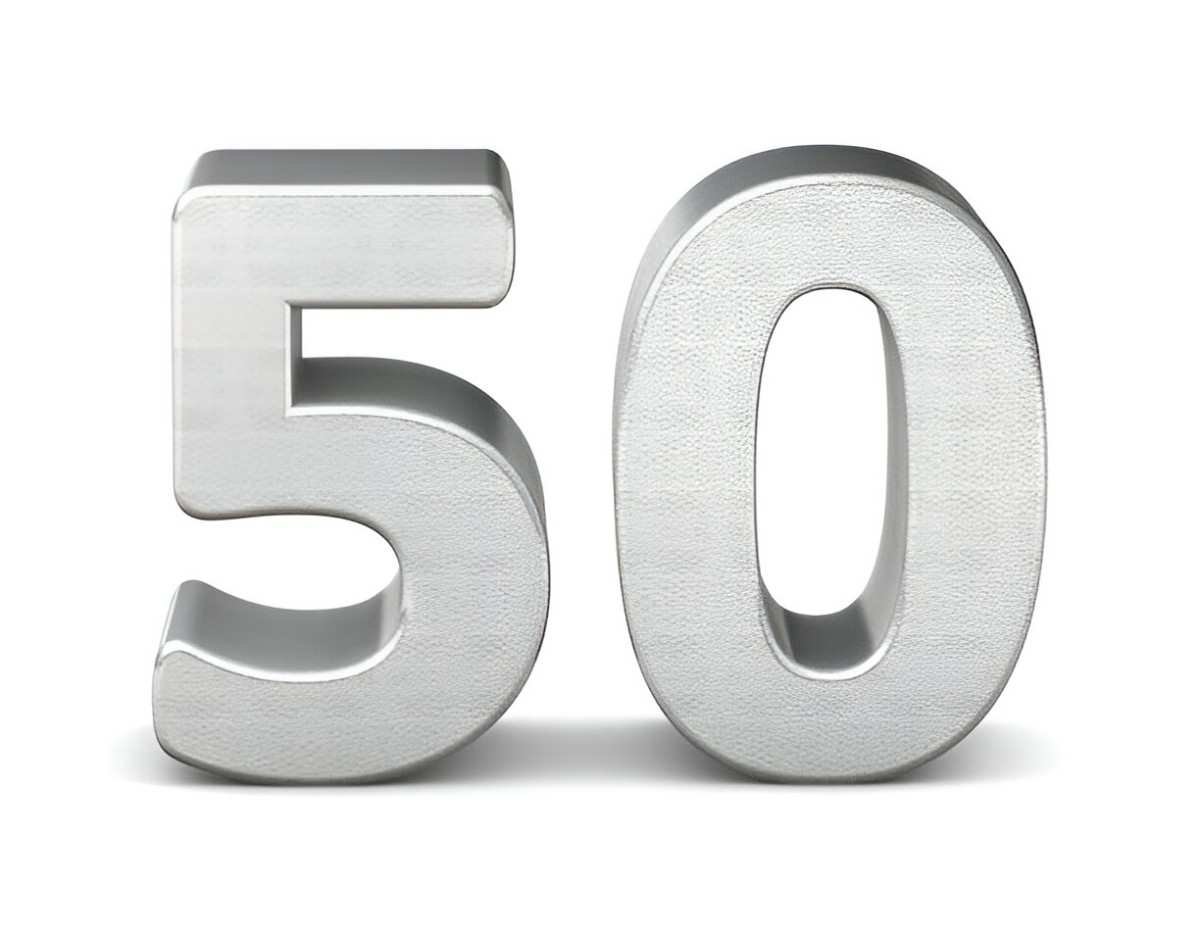As a financial planner who’s helped hundreds of clients in their 50s transition to retirement, I’ve curated this selection of mutual funds specifically designed for investors in their peak earning years. At 50, your portfolio needs to balance growth with capital preservation as retirement approaches.
Table of Contents
Asset Allocation Strategy for 50-Year-Olds
Recommended Allocation Mix
| Asset Class | Allocation Range | Purpose |
|---|---|---|
| Domestic Equity | 45-55% | Growth engine |
| International Equity | 10-15% | Diversification |
| Bonds | 25-35% | Stability |
| Cash Equivalents | 5-10% | Liquidity |
Note: Adjust based on risk tolerance and retirement timeline
Best Mutual Funds by Category
1. Core U.S. Equity Funds
| Fund Name | Ticker | Expense Ratio | 10-Yr Return |
|---|---|---|---|
| Vanguard Dividend Appreciation | VDADX | 0.08% | 11.2% |
| Fidelity 500 Index | FXAIX | 0.015% | 12.1% |
| T. Rowe Price Equity Income | PRFDX | 0.64% | 10.8% |
Why these work: Provide stability through blue-chip companies with growing dividends
2. International Exposure
| Fund Name | Ticker | Expense Ratio |
|---|---|---|
| Vanguard Total Int’l Stock | VTIAX | 0.11% |
| American Funds EuroPacific | AEPGX | 0.46% |
| Fidelity Emerging Markets | FPADX | 0.76% |
Allocation tip: Limit emerging markets to 5% of portfolio
3. Bond Funds for Stability
| Fund Name | Ticker | Duration | Yield |
|---|---|---|---|
| Vanguard Total Bond Market | VBTLX | 6.5 yrs | 4.1% |
| Fidelity Inflation-Protected | FINPX | 7.8 yrs | 3.8% |
| PIMCO Income | PONAX | 3.2 yrs | 5.2% |
Key consideration: Shorter duration funds reduce interest rate risk
4. Specialized Funds
| Fund Name | Category | Why It’s Useful |
|---|---|---|
| Vanguard REIT Index | VGSLX | Real estate exposure |
| Fidelity Health Care | FSPHX | Defensive sector |
| T. Rowe Price Retirement 2030 | TRRCX | All-in-one solution |
Sample $500,000 Portfolio Allocation
Moderate Risk Investor
| Fund | Allocation | Amount |
|---|---|---|
| Vanguard Dividend Appreciation | 30% | $150,000 |
| Vanguard Total International | 15% | $75,000 |
| Vanguard Total Bond Market | 35% | $175,000 |
| Fidelity Inflation-Protected | 15% | $75,000 |
| Cash/Money Market | 5% | $25,000 |
Total expense ratio: 0.12%
Tax Efficiency Strategies
For Taxable Accounts
- Use municipal bond funds if in 24%+ tax bracket
- Hold international funds in taxable (foreign tax credit)
- Avoid high-turnover active funds
For Retirement Accounts
- Place bond funds in traditional IRAs/401(k)s
- Hold REITs in Roth accounts
- Consider target-date funds for simplicity
Transitioning to Retirement
5-Year Glide Path
| Age | Equity % | Bond % | Cash % |
|---|---|---|---|
| 50 | 55-60% | 35-40% | 5% |
| 55 | 50-55% | 40-45% | 5-10% |
| 60 | 45-50% | 45-50% | 5-10% |
Key Metrics to Monitor
- Yield:
Yield = \frac{Annual\ Income}{Portfolio\ Value} \times 100
Target: 2.5-3.5% for balanced portfolio - Withdrawal Rate:
Safe\ Rate = \frac{Annual\ Withdrawals}{Portfolio\ Value} \times 100
Maintain below 4% initially - Expense Ratio:
Keep below 0.50% overall
Common Mistakes to Avoid
- Being too conservative too early (you may live 30+ years in retirement)
- Overlooking inflation protection
- Chasing high-yield bonds (taking excessive risk)
- Ignoring international diversification
- Underestimating healthcare costs (consider HSA-eligible funds)
Action Plan for 50-Year-Old Investors
- Review current allocations against these recommendations
- Shift 1-2% annually toward bonds if behind target
- Maximize catch-up contributions ($7,500 in 401(k), $1,000 in IRA)
- Stress-test portfolio with 2008-like scenarios
- Consider a Roth conversion ladder if in lower tax bracket
This carefully selected list of mutual funds provides the right balance for investors at age 50 – enough growth potential to combat inflation while reducing volatility as retirement nears. I’ve used variations of this approach with countless clients navigating this critical decade before retirement.





